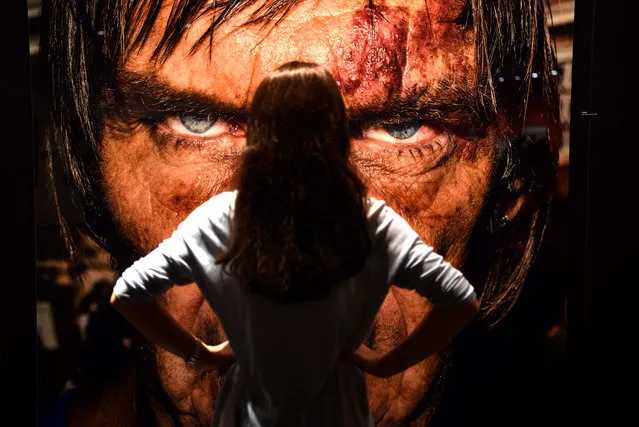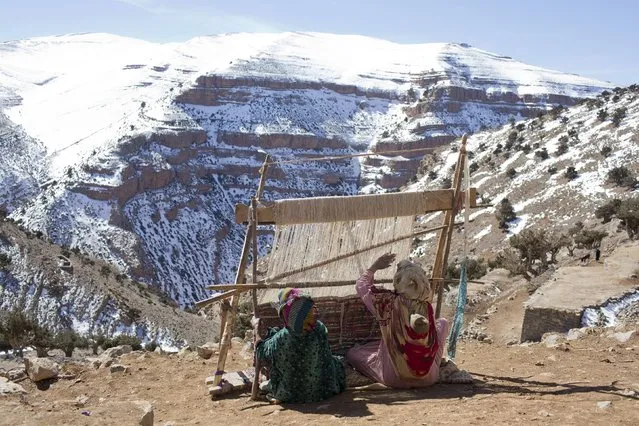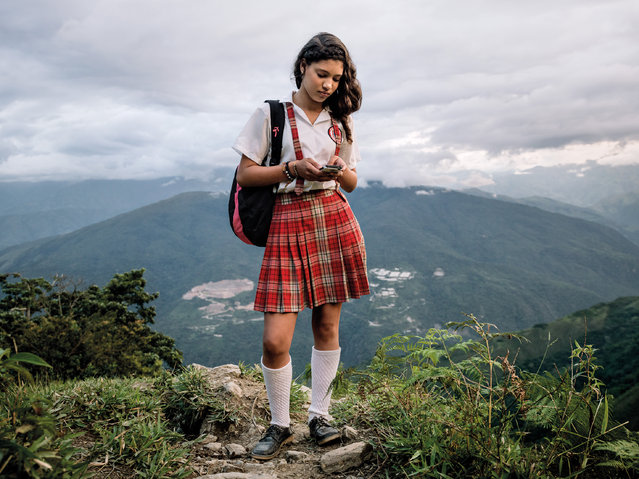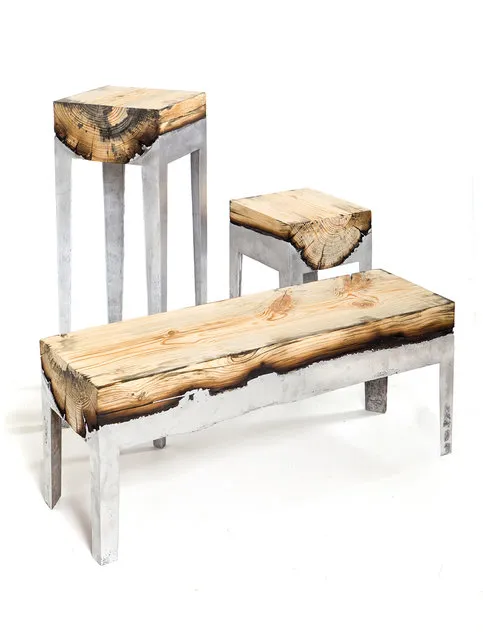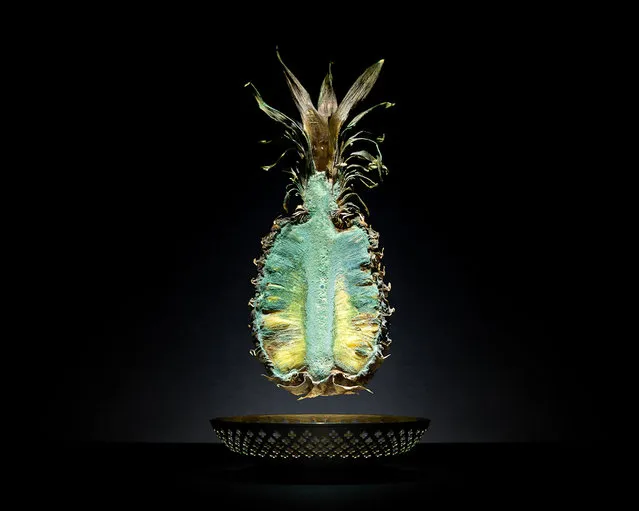
Richard Winsor, Ashley Shaw, Zizi Strallen, Glenn Graham, Nicole Kabera, Harrison Dowzell, Will Bozier and Cordelia Braithwaite during a photo call for Sir Matthew Bourne's The Car Man at the Royal Albert Hall, London on May 11, 2022, a reinterpretation of Bizet's Carmen, staged in 1960s American diner-garages with a specially expanded 65-dancer production for the hall, as part of its 150th anniversary. (Photo by Ian West/PA Images via Getty Images)
12 May 2022 05:39:00,post received
0 comments

